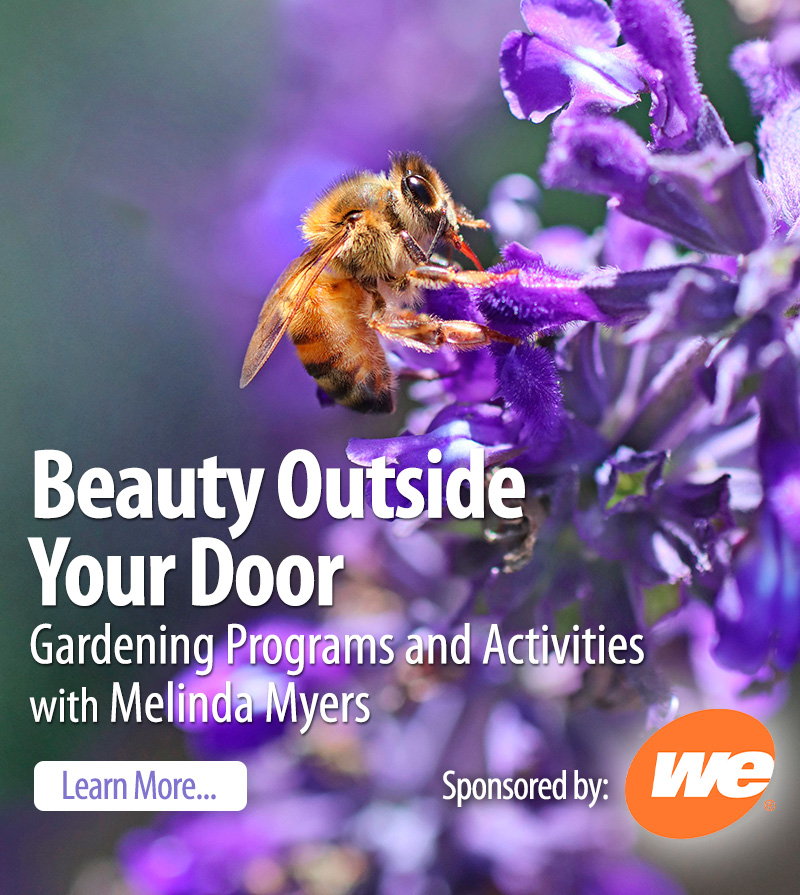Eco-friendly Control of Aphids in the Garden
Ants, lady beetles and a clear sticky substance on your leaves are good indications that aphids have moved into your garden for a meal.
These small tear-dropped shaped insects come in a variety of colors including black, brown, green, red, and peach.
These pests have needle-like mouthparts and suck plant juices, causing leaves to curl, yellow, brown become distorted and stunted when populations and feeding levels are high.
The aphids secrete a clear sticky substance called honeydew. Ants often move in to feed on this sweet tasty treat.
And if you see lady beetles, nature has moved in to control this pest. Both the adults and larvae can eat hundreds of aphids in one day.
Start treatment, if needed, with a strong blast of water. This dislodges and kills many of the aphids. Follow with eco-friendly products like insecticidal soap, Horticulture oil, or Neem. Repeat weekly as needed.
A bit more information: A black fungus called sooty mold will occasionally develop on this sticky liquid. The fungus feeds on the honeydew not the plant. Fortunately, controlling the aphids will help wash off and prevent the sooty mold.
Related

Audio
Categories
Upcoming Live Events
& Webinars
April 20, 2024
Pruning Hydrangeas and Other Shrubs
Pasquesi Home & Gardens, Lake Bluff, IL
April 27, 2024
Ridges & Rivers Book Festival
Viroqua, WI
April 28, 2024
Flowering Trees and Shrubs
Ebert's Greenhouse Village, Ixonia, WI
May 1, 2024
FREE WEBINAR
Ornamental Fruits and Vegetables
Register now
May 4, 2024
Garden U 2024
New Richmond, WI
Register now
May 9, 2024
FREE WEBINAR
How to Plant Your Rain Garden
Register now
May 11, 2024
Ask The Plant Doctor Q & A
Ebert's Greenhouse Village, Ixonia, WI
May 12, 2024
Ask The Plant Doctor Q & A
Ebert's Greenhouse Village, Ixonia, WI
May 18, 2024
Ask The Plant Doctor Q & A
Ebert's Greenhouse Village, Ixonia, WI
June 1, 2024
Selecting, Planting, Pruning and Caring for Hydrangeas
Ebert's Greenhouse Village, Ixonia, WI
June 5, 2024
FREE WEBINAR
Under-Appreciated Pollinators
Register now
WATCH ON-DEMAND WEBINARS
Learn More



















